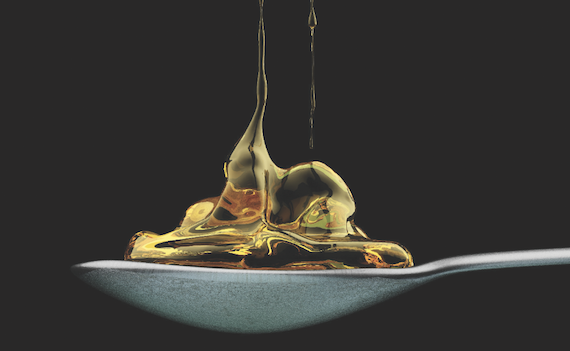Emerging trends
In the Giffard camp, 2014 saw Blueberry and a Bitter Concentrate added to its 70-strong portfolio. Giffard’s Sophie Godefroy says: “Elderflower is very trendy in the Hugo cocktail, in Germany, as well as in central and eastern Europe”. Meanwhile, gum is popular in the UK and “mostly appreciated in the best London bars”, while the coffee range (caramel, hazelnut and vanilla being the top three) is a “huge growing market in Asia and the Emirates as well as in the Baltics”.
Asia and the Middle East are bringing new business to Giffard and the company has recently launched in Iran, Kuwait, the Philippines and Azerbaijan.
Godefroy is able to make a very clear distinction when it comes to flavour trends in different markets. “Classic flavours are sold in countries where the cocktail market is mature (including the UK and Germany) because they are used in classic cocktails. Think gum, grenadine, orgeat, passion fruit, strawberry…” In fact, passion fruit is one of Funkin’s largest flavour exports, according to King.
Godefroy continues: “Flavours that go well with fizzy/lemonade drinks, such as elderflower, cucumber, passion fruit, watermelon, green mint, blue curaçao, are popular across Europe.
“Then there are also many countries where the cocktail market is ‘in the middle’, where we can see many flavoured gin and tonics or flavoured Mojitos – like in Spain and Belgium, for example. Further afield in Asia, all of the coffee flavours are very successful.”
Ukraine’s Sergey Alekseyev, International Monin Cup winner 2014, says the leading flavours in Ukraine are Monin Orgeat, Elderflower and Passion Fruit.
“In my bar we make lemonades with Monin Caramel, Green Apple and Honey, which are very popular. The choice of Monin syrups is very wide so bartenders in different regions of the country have their own favourites. For coffee drinks we love nut-flavoured syrups, as well as Monin Cinnamon, White Chocolate and Crème Brûlée.”
When it comes to setting the trends, Alekseyev says the influence of established bartenders on the next generation is very important. “Tastes change from customer to customer, but cocktail trends are largely the same, I think, because young bartenders like me all over the world look up to well-known trendsetters in the industry.
“The real bartending art is to adapt something new and unknown to the people in your bar.”
He uses the example of ginger, which he says isn’t a typical ingredient in Ukraine, “but when we use it in a combination with rum, lemon and blackthorn jam, people love it”.
Behind bars
Invention and creativity drive the creation and distribution of numerous flavours of syrups and, as Savage has shown, you can make sugar syrup in many guises.
Little Red Door owner Timothée Kiwee, who has opened new Paris bar Lulu White, says: “All of the team prefer to create their own syrups, because they, too, participate directly in the taste of the cocktail creations.”
At World’s Best Bar, Artesian, Alex Kratena, Simone Caporale and their team also make their own syrups, and the latest inventions have included “myrrh, vetiver [extract from a perennial grass] and cedarwood, all through the use of organic essential oils”, says assistant head bartender Caporale.




